RS1 is a body-driven movement
As you've probably noticed on the website, there are two examples of basic swing models. There's the original Rotary Swing, which a lot of people refer to as RS1, and the Rotary Swing Tour, or RST. So what's the difference, and which model golf swing is right for you?
Well you've come to the right place, in this article we'll explain what each one is about so you can decide which one is the best fit for your style and your needs.
Conventional vs. Scientific
- The Rotary Swing is more conventional. It's what you might consider a one-plane golf swing, where the arms and shoulders are on the same plane at the top and there's more body rotation coming through. It's a body-dominated movement, and the arms are very passive in the swing.
- The Rotary Swing Tour, meanwhile, leverages every facet of the anatomy. The arms are functioning, the body's functioning; every resource we have is being used to deliver the club powerfully and effortlessly to impact.
The Rotary Swing Tour is based purely on scientific fact. It's based on anatomical absolutes, biomechanics, the physiology of how the brain learns new movement patterns, and the latest research in kinematic sequencing.
RST is a very objective approach to the golf swing, and it will always be updated. The Rotary Swing Tour will always be growing as new research becomes available. You can see there's already a huge catalog of videos covering this model.
The Rotary Swing Tour is ideal for golfers who are very serious about the game. It's for players who want to get the most out of their game, love to practice golf and get as good as they can, and of course want to do so safely and powerfully.
RST Emphasizes Injury Prevention
The Rotary Swing Tour is very big on injury prevention and helping you understand where common golf injuries come from. Most people don't realize that over 80 percent of the players on the PGA Tour will miss two months of play due to a golf swing-related injury.
As we get older, we tend to accumulate little (or not so little) injuries and chronic aches and pains. Injury prevention is critical to assure that the motions you're repeating over and over again aren't damaging your body. It's a major component of the The Rotary Swing Tour.
The Rotary Swing Cuts You Some Slack
RS1 is a much simpler model golf swing. It overlooks some of the small flaws you may have in your swing and lets you get out and start playing.
If you like to use a really strong grip or tend to have a more body-driven movement, the Rotary Swing allows you to get into positions that are not necessarily ideal or desirable, but are still workable, to let you build a simple, repeatable golf swing.
The Rotary Swing doesn't demand the same level of practice and effort. It doesn't require that you completely rebuild certain aspects of your swing. The Rotary Swing Tour, on the other hand, is all about using every resource that the human body offers to create the best possible swing. That's what it's all about.

The Rotary Swing Tour is a model golf swing based on anatomy
Different Engines
When we look at the physics of the golf swing, the two options are clearly different.
The Rotary Swing Tour is based on physics, while the Rotary Swing is simply driven by body rotation.
When you get to the top of the RS1 swing, you just take your entire body and rotate it through, keeping your arms pretty passive in the golf swing. That's the big key.
The Rotary Swing Tour does not use the shoulders and the torso rotation in the downswing to generate power either. It uses the hips and core, but you're not trying to turn your shoulders during the downswing; in fact, that's detrimental to the swing.
Most people naturally try to turn their whole body into the swing, basically heaving the club at the ball. It's not the most efficient way to do it, but that's how most people naturally swing.
Are You Willing to Change?

In the RST, the arms stay in front of the body
If you don't want to learn to tear that whole-body push out of your golf swing and rebuild it correctly, the original Rotary Swing is the way to go. Keep it simple. Put yourself in a deeper position with your arms, then throw your body around to the left and start swinging left in your golf swing.
The Rotary Swing will help you do that, and develop a very good swing very quickly so you can get out and play with your buddies and have a good time.
By contrast, the Rotary Swing Tour model golf swing is all about using all the most efficient ways to move in the human body, harnessing the laws of physics to build a powerful, effortless golf swing. It's not just a big body-driven move.
The arms have to be more in front of the body, going back instead of being deeper behind the body at impact, where they would be with the Rotary Swing.
The Choice is Yours
That's the difference. One is a body and rotation-driven downswing, and one isn't. That's the simplest way to look at it.
If you like to get to the top, have your arms deep and really rotate hard to feel like you're using a lot of muscles in your body to hit the ball, great. The Rotary Swing is perfect for you.
If you're looking for the most optimum, efficient golf swing possible, Rotary Swing Tour is the only way to go.
Watch part 2 now to see how you're moving your body in the opposite direction of the pros!
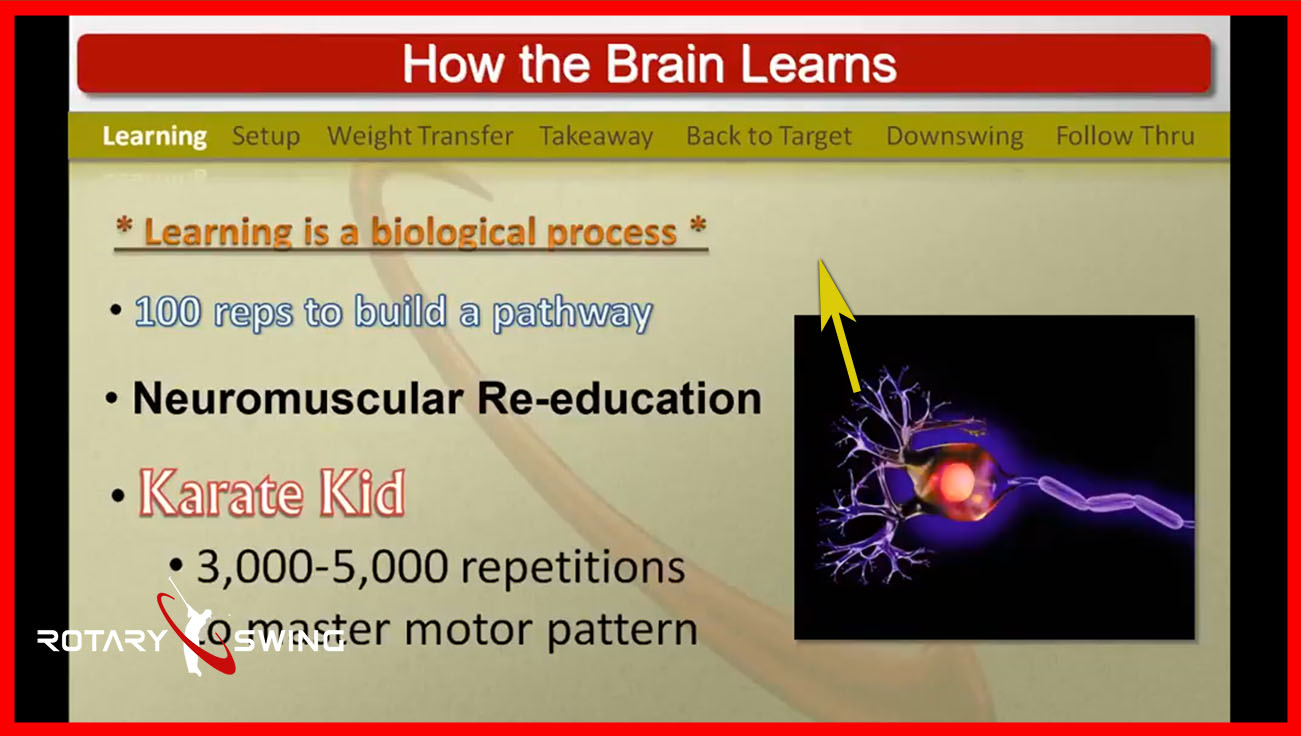
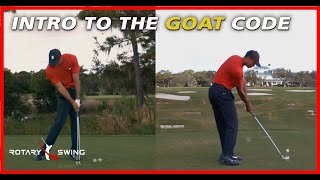
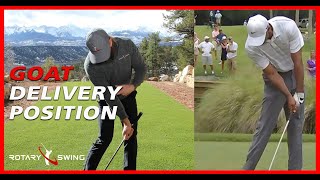
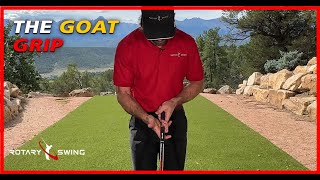
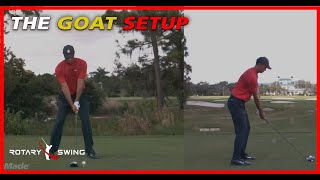
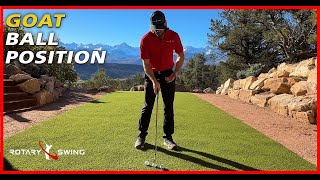

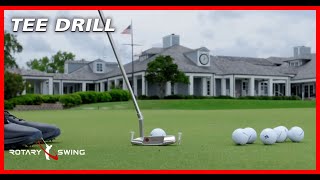
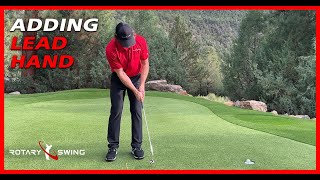
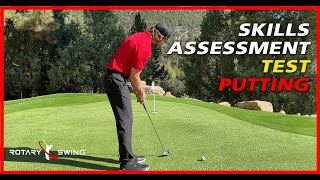
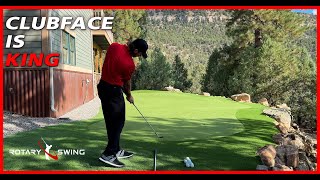
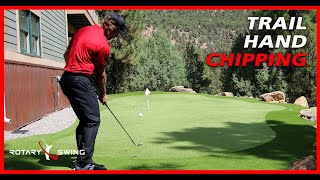
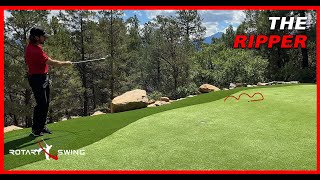
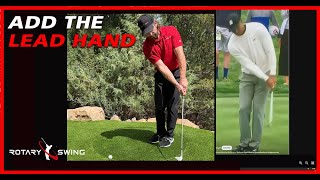
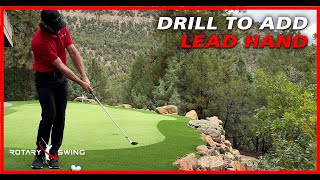
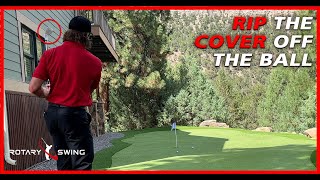
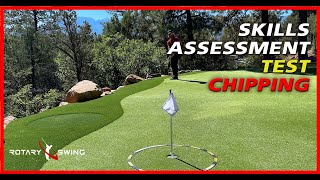
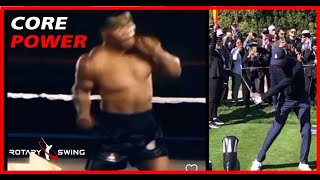
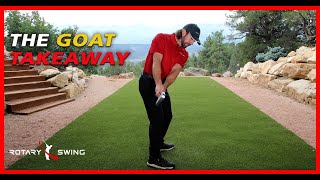
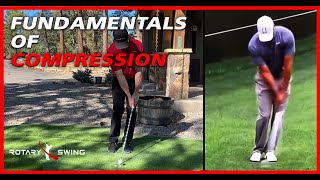
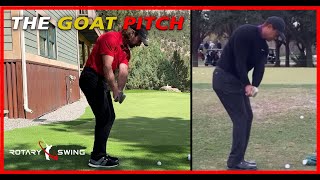
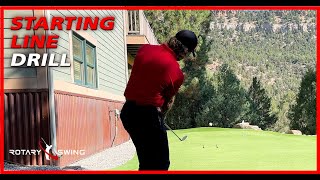
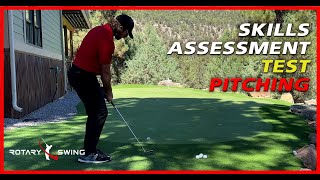
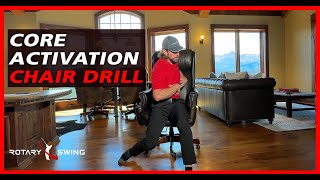
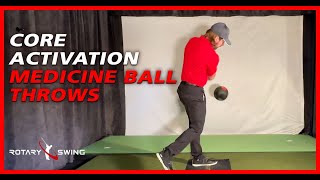
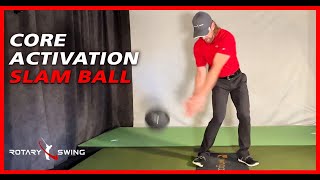
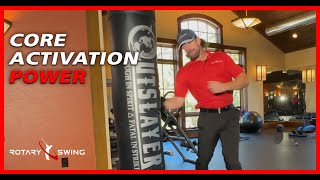
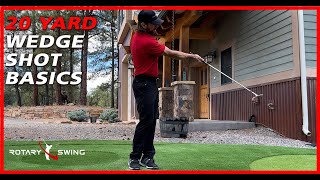
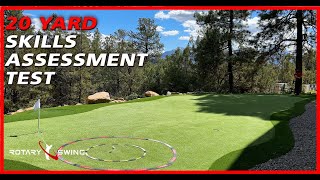
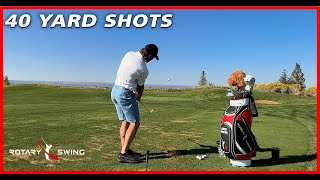
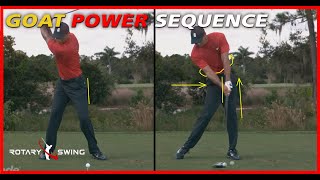
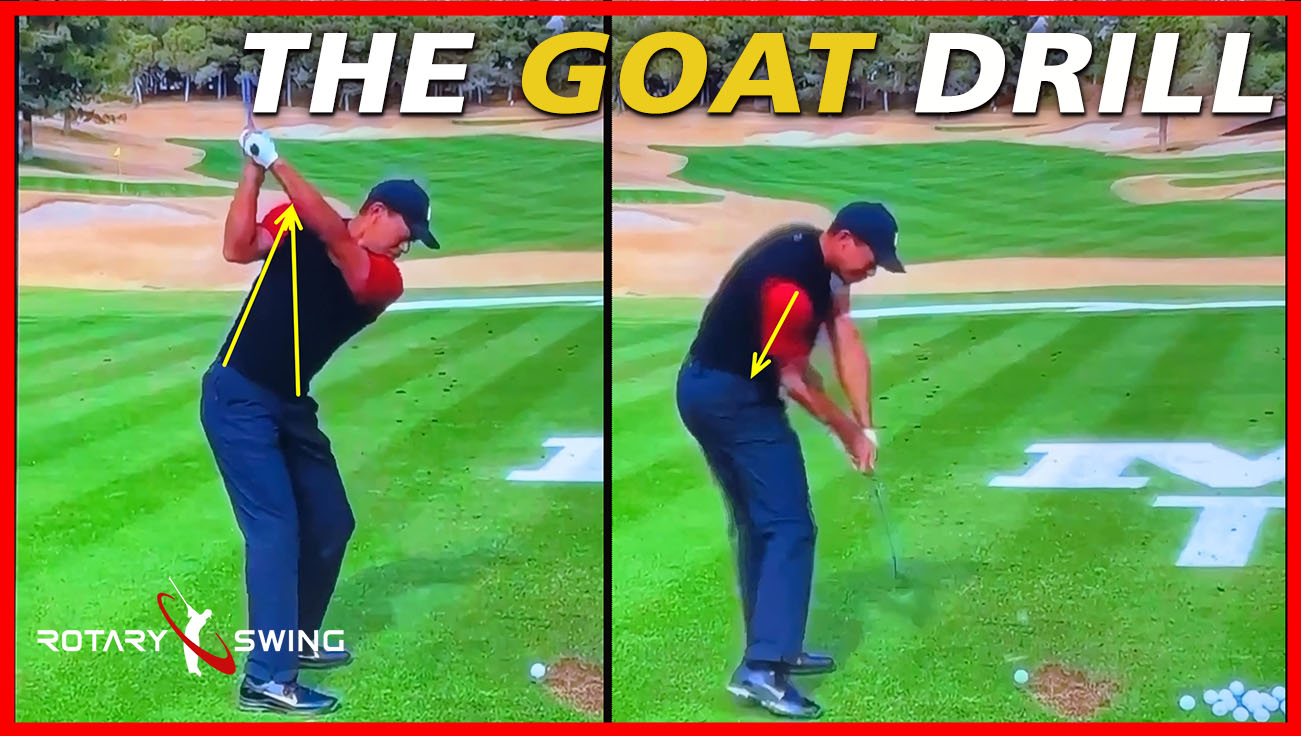
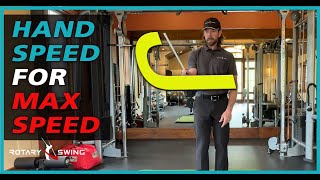
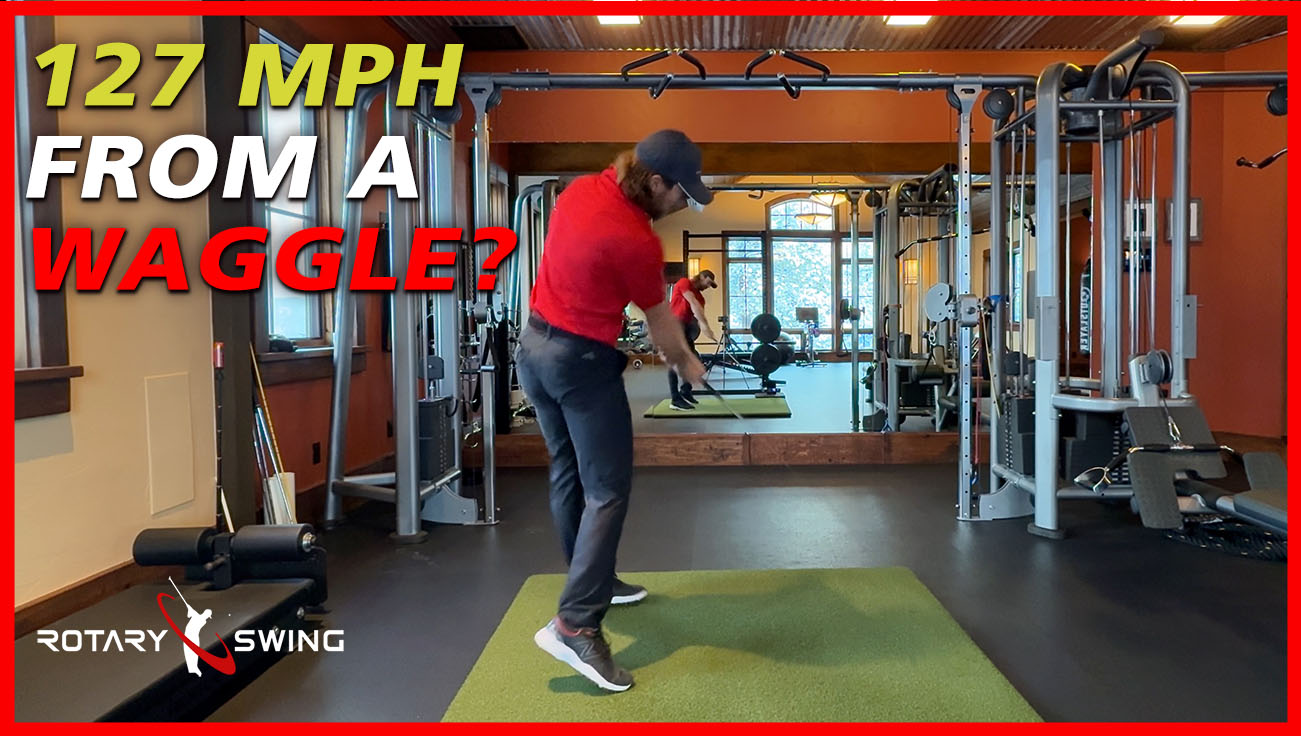
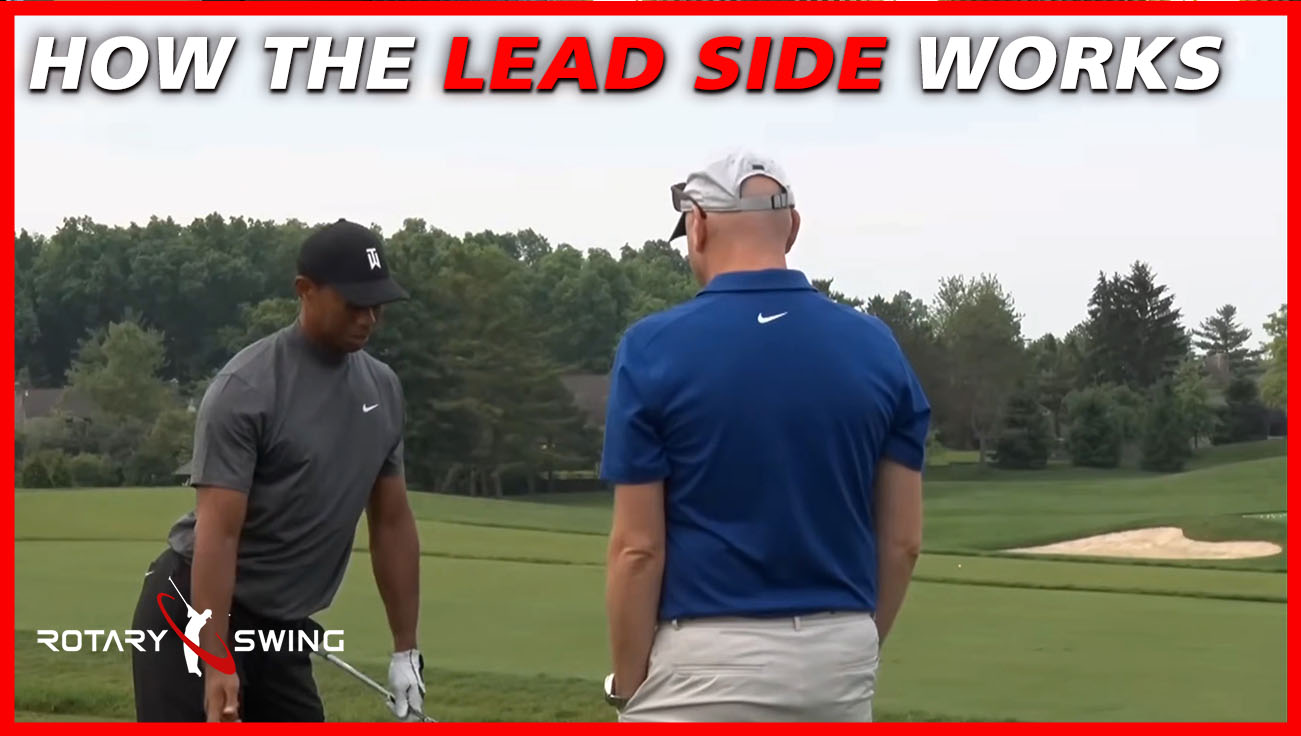


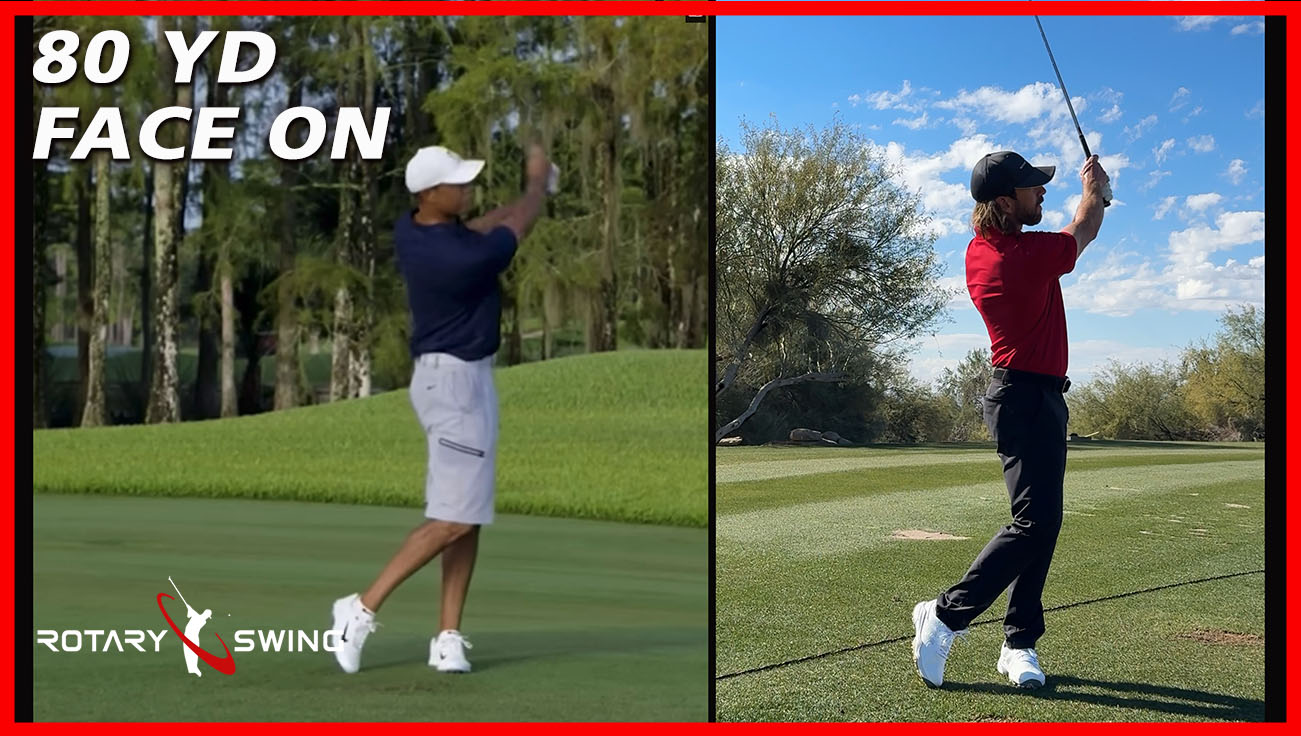
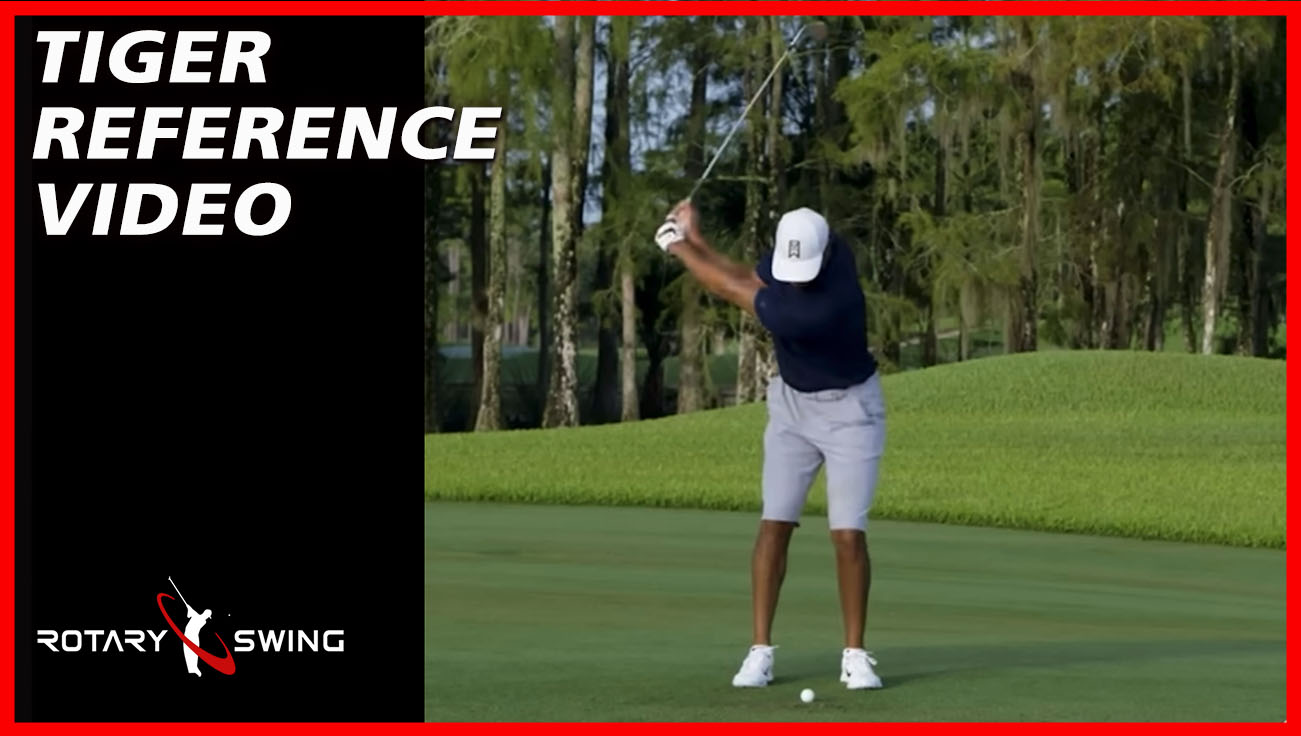
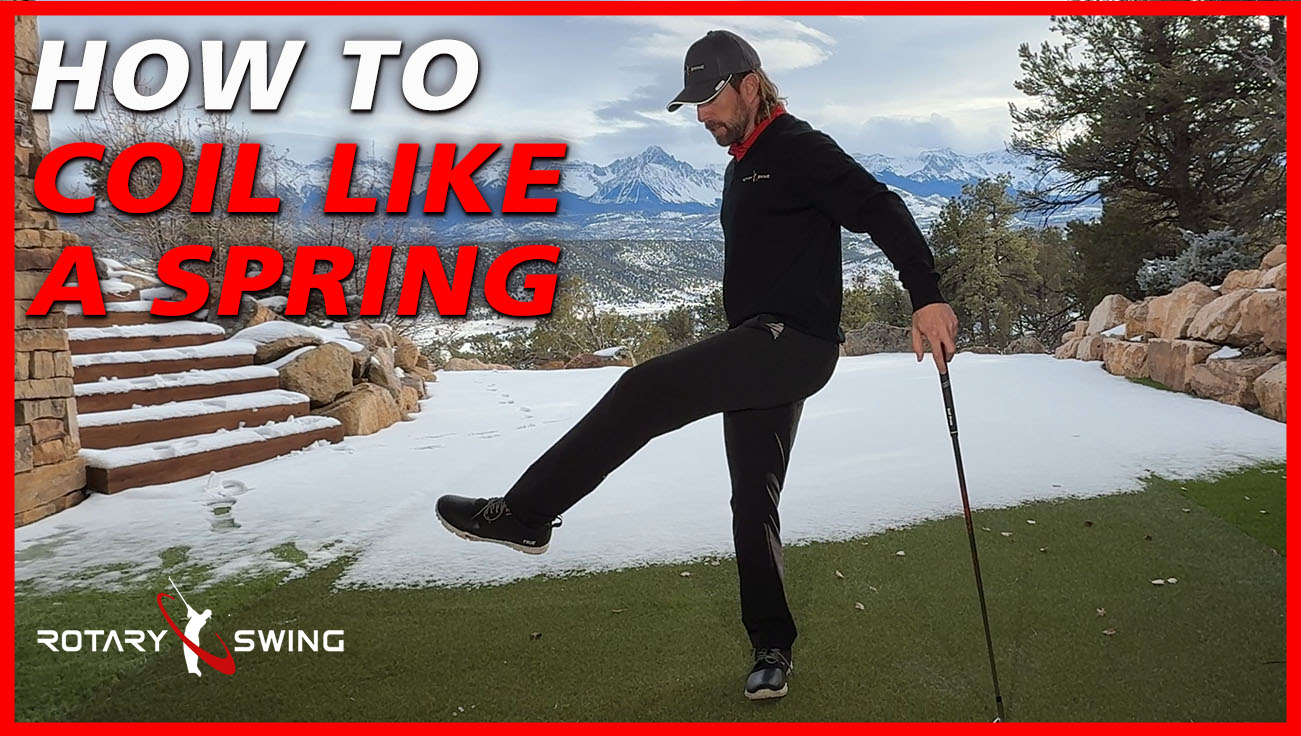
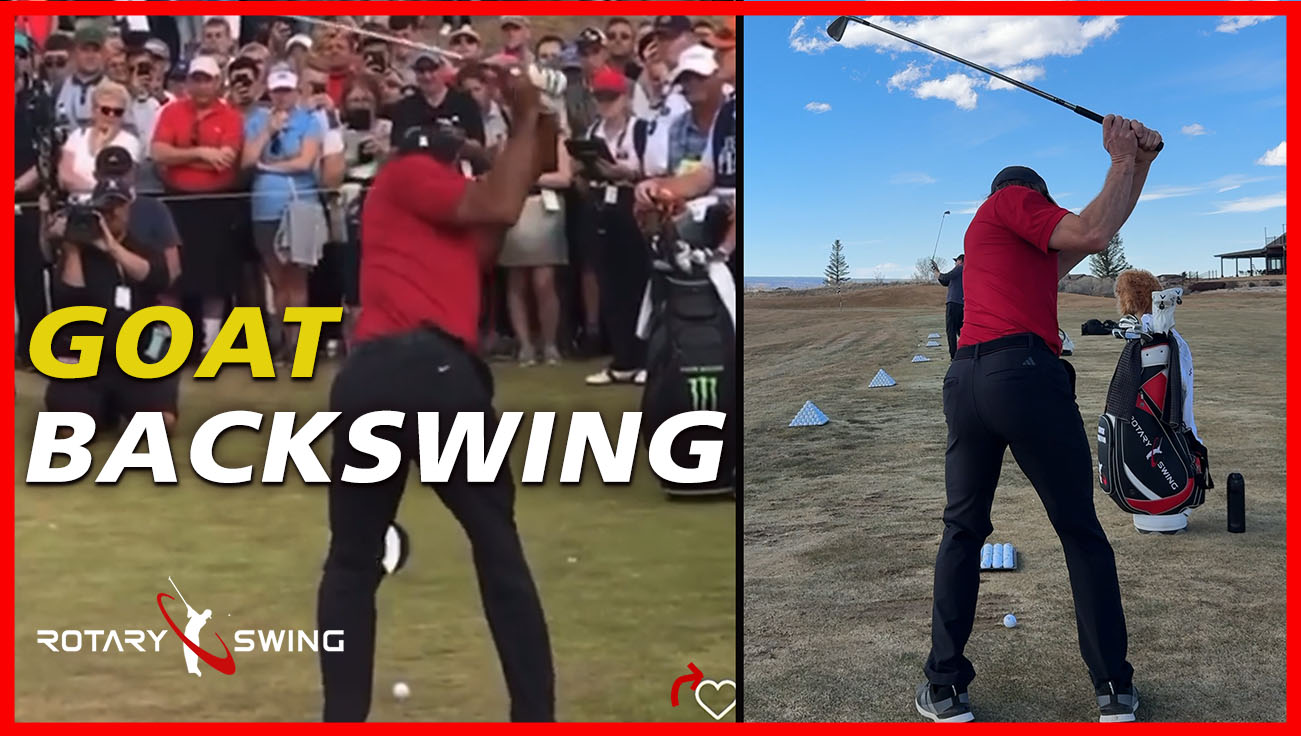
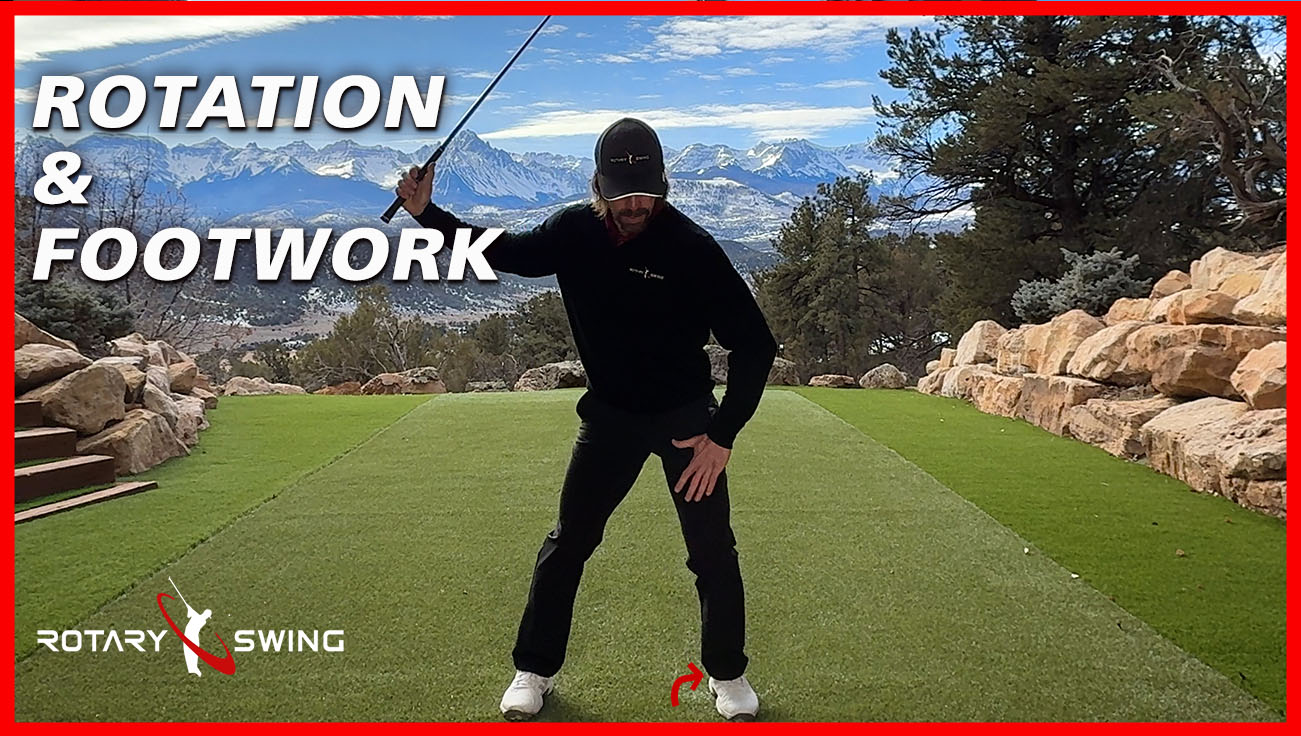
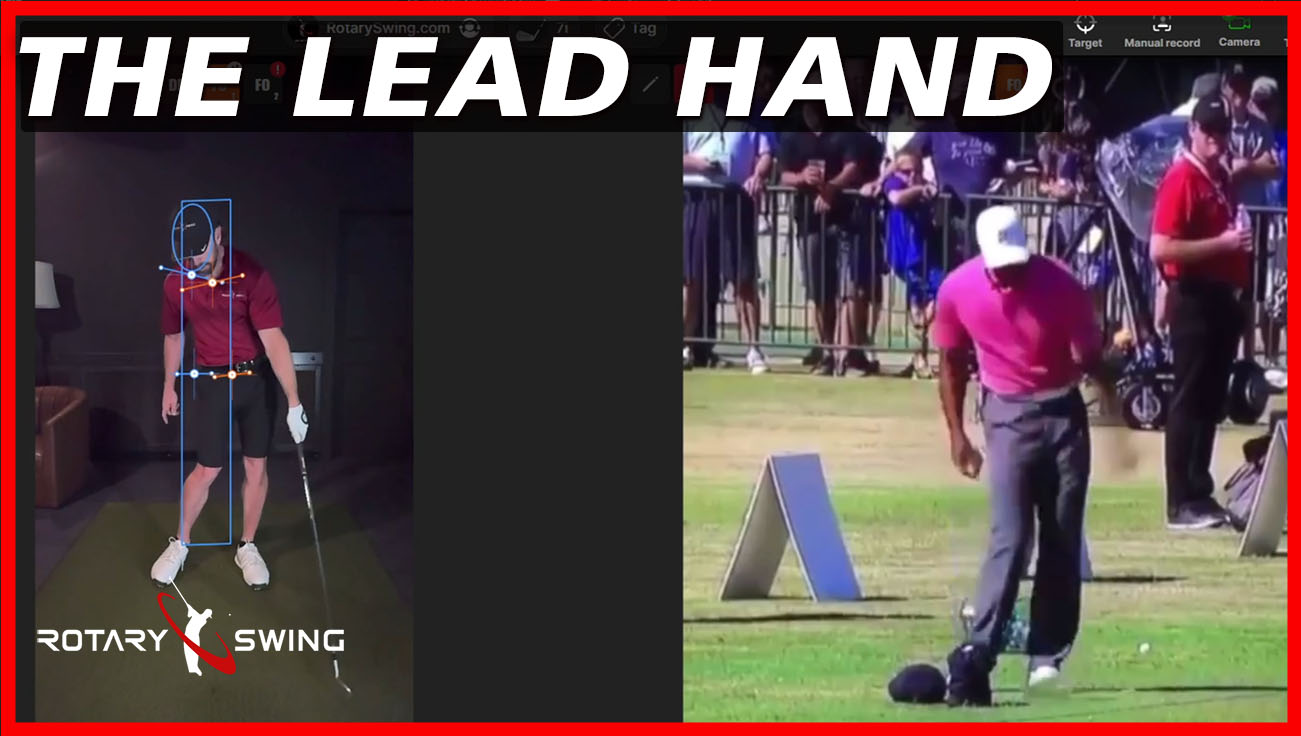
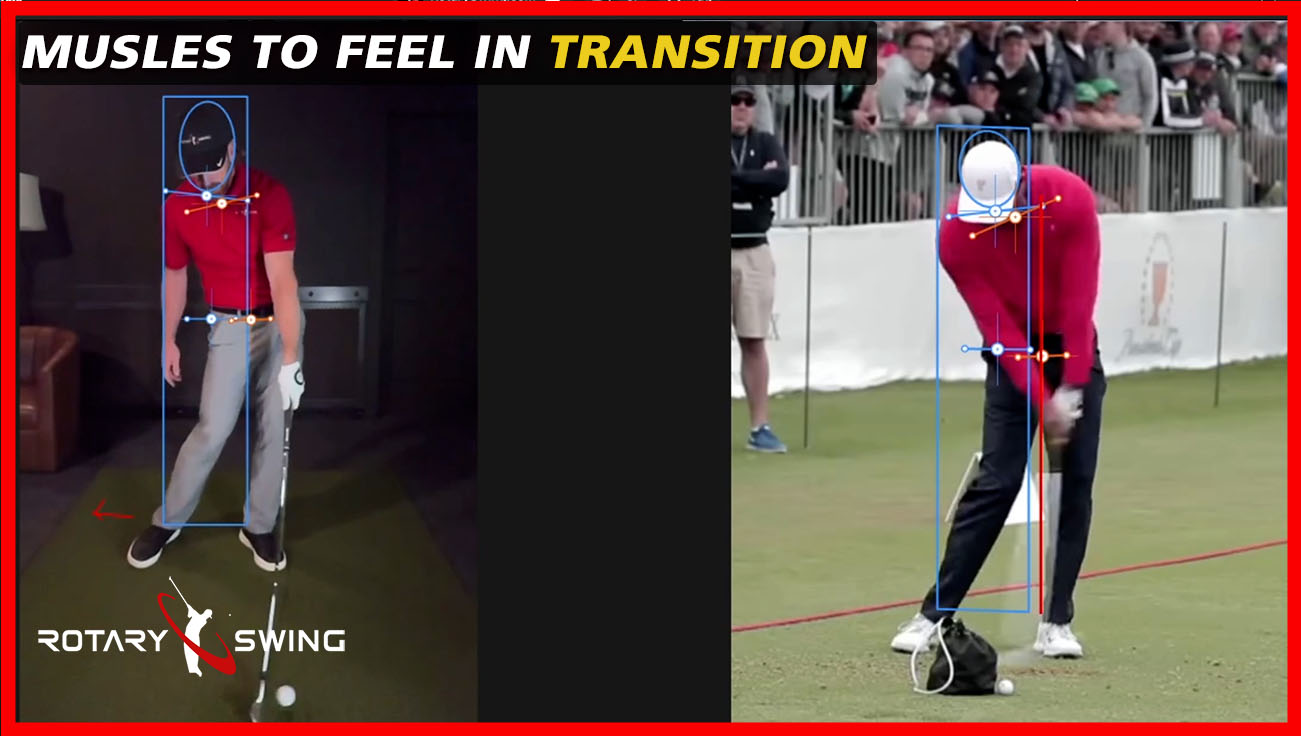
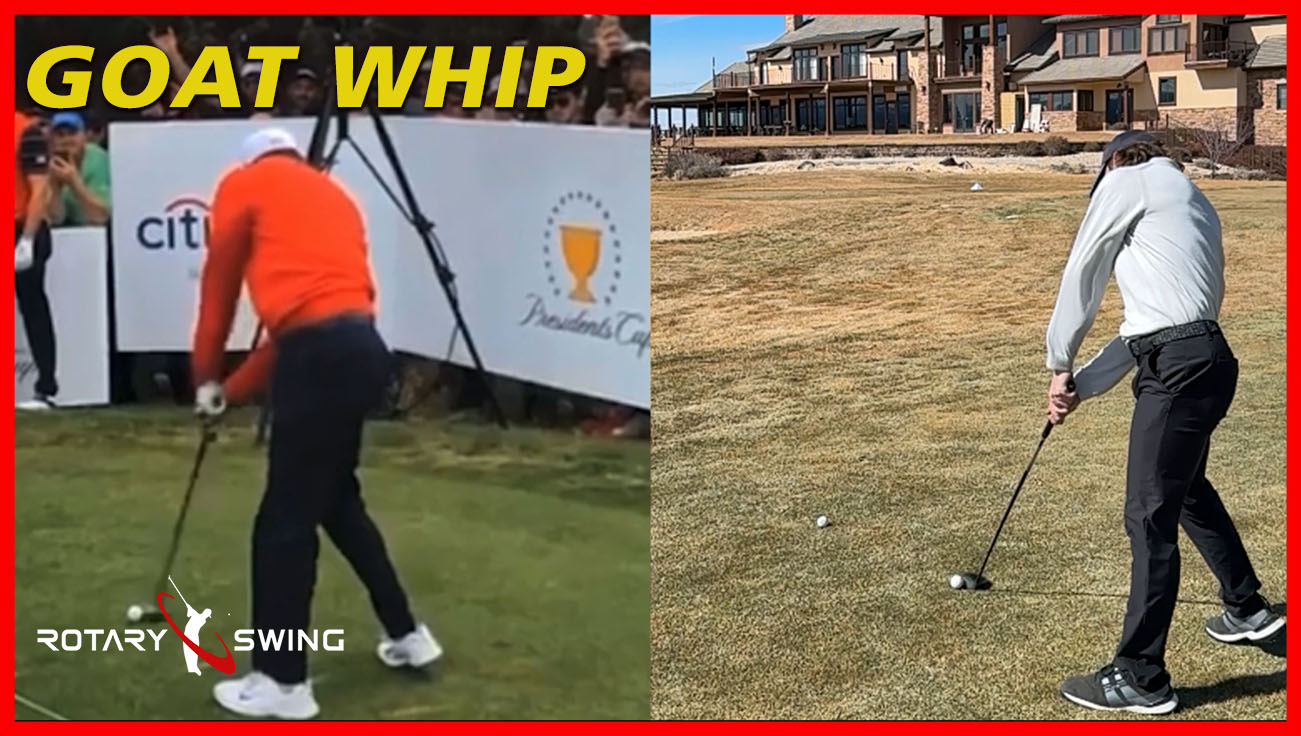
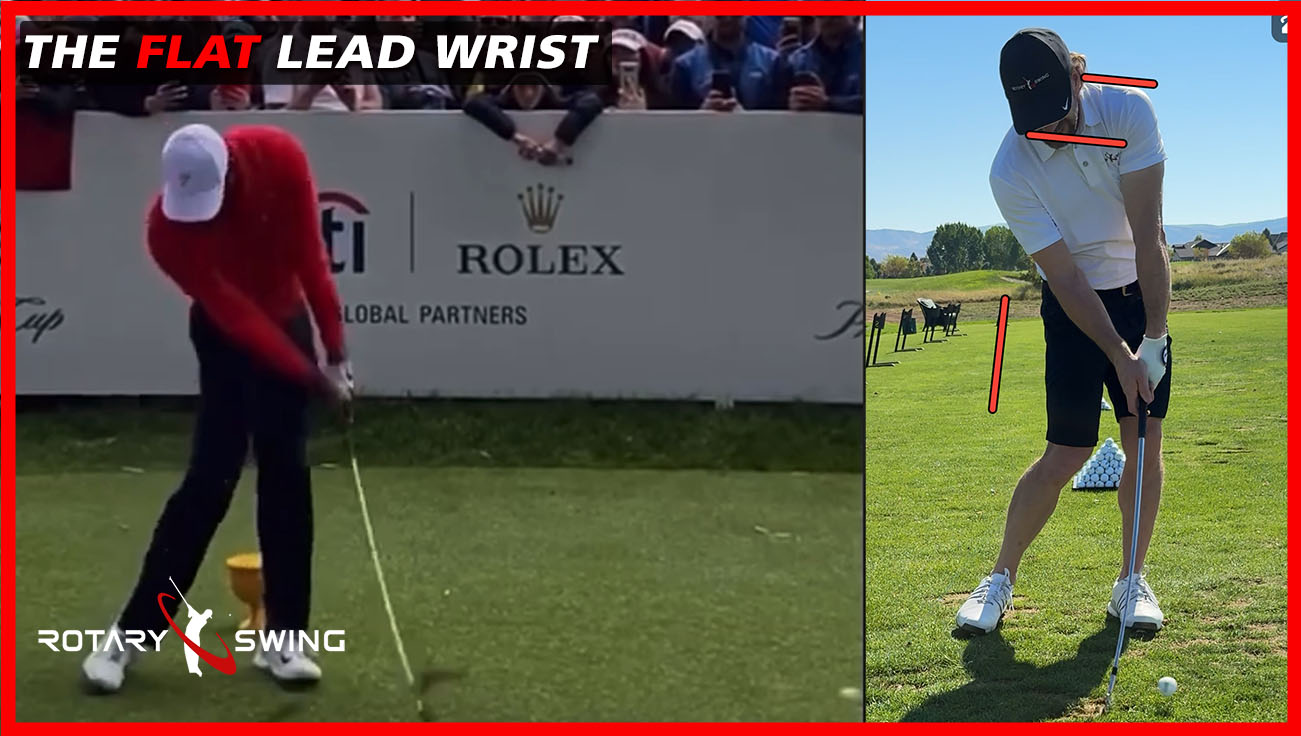
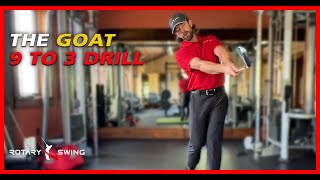
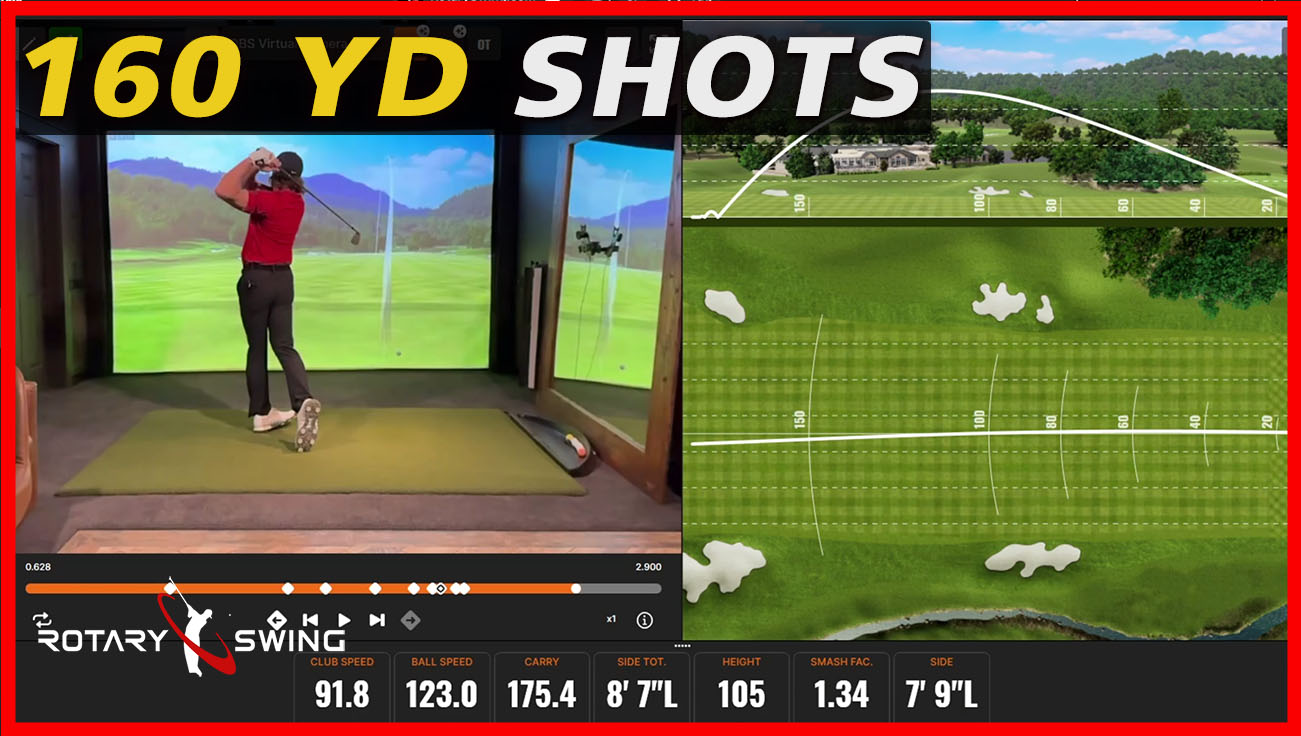
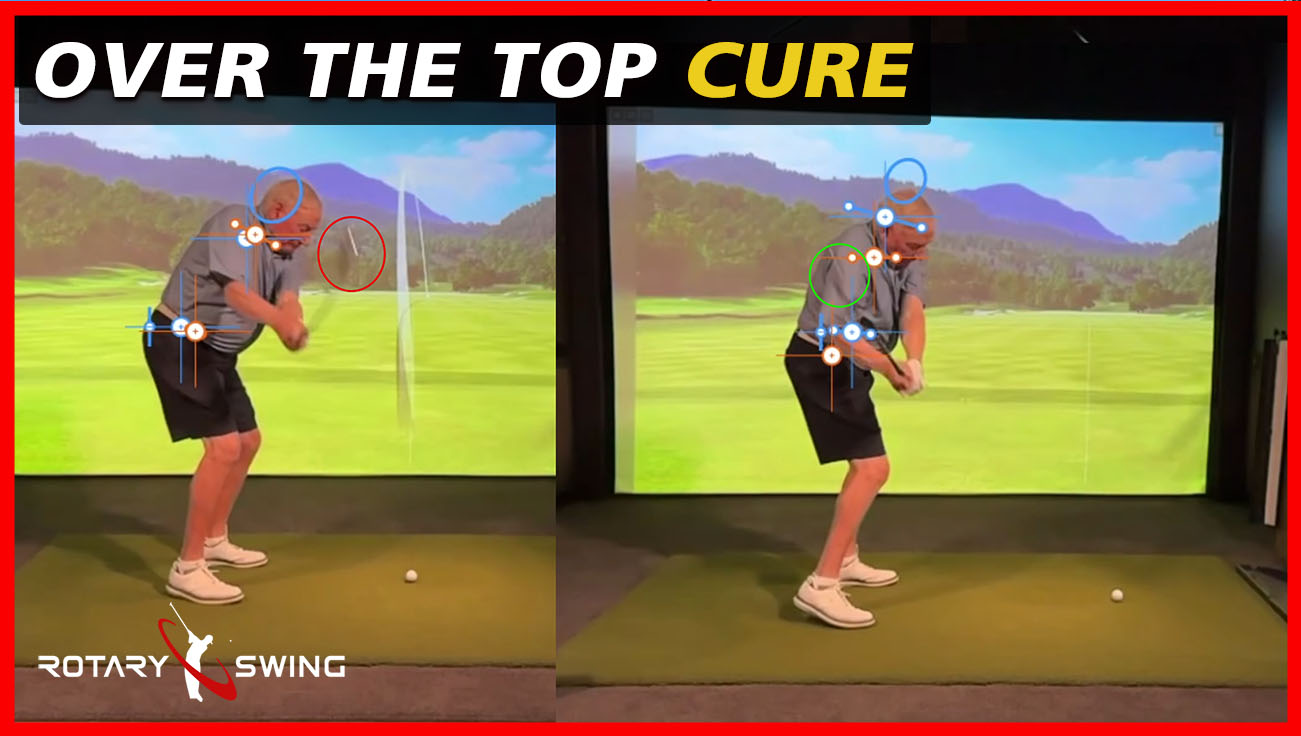

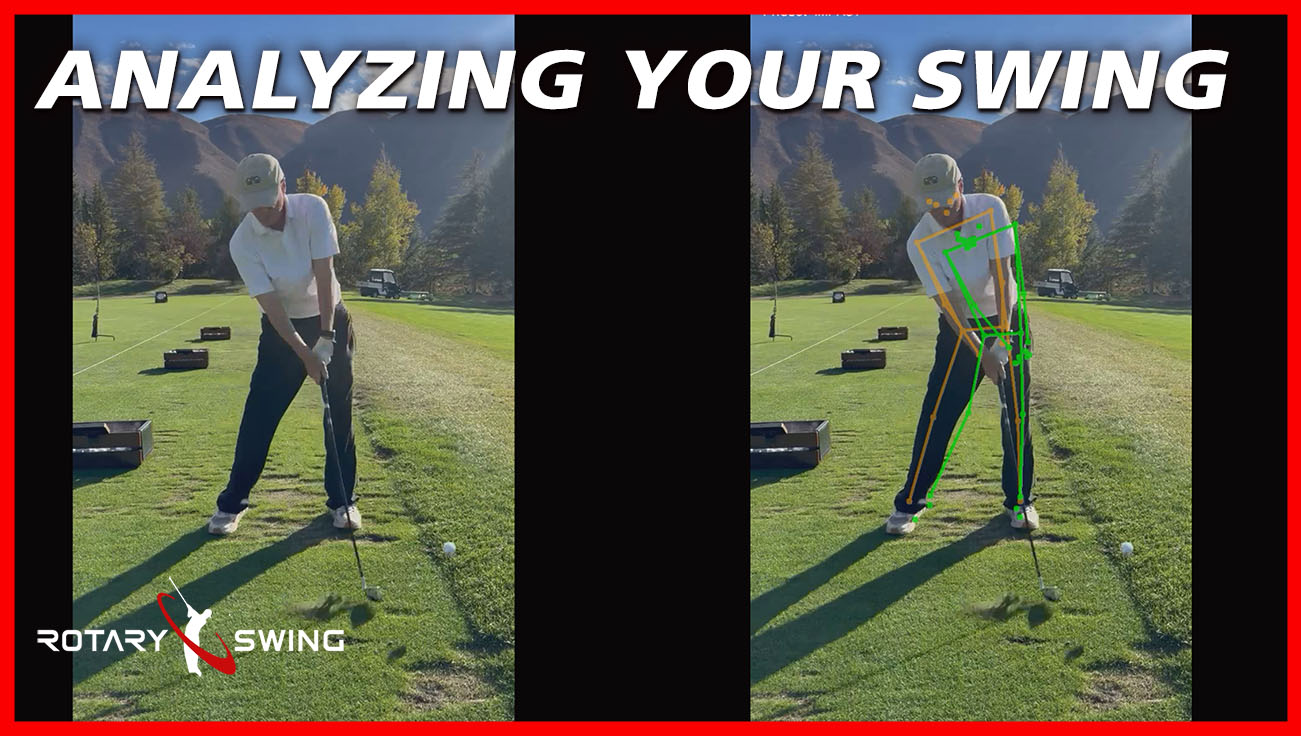

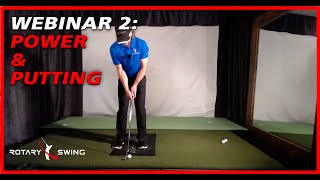
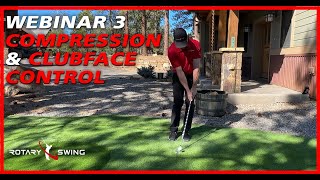
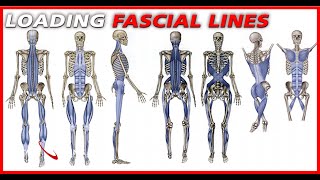
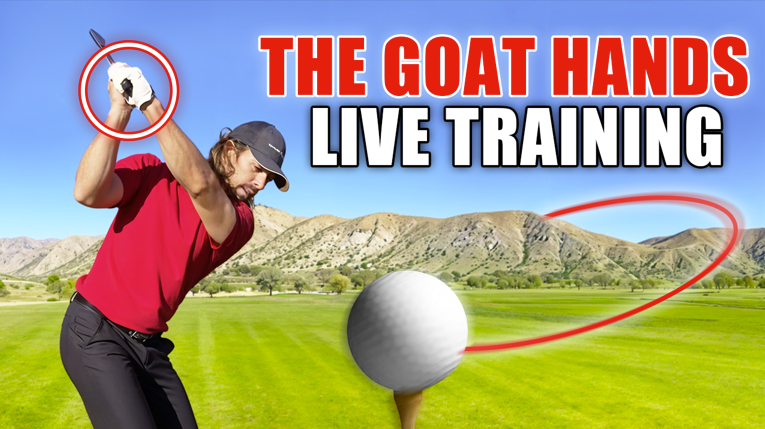
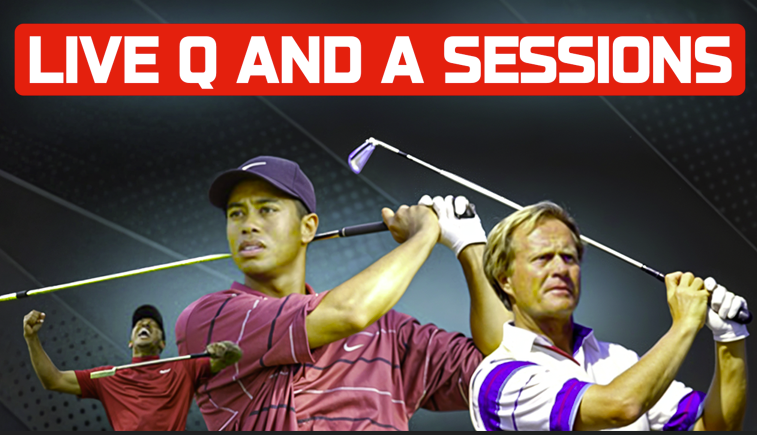
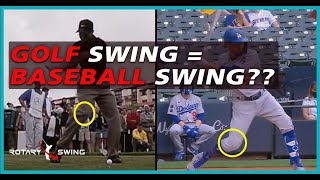
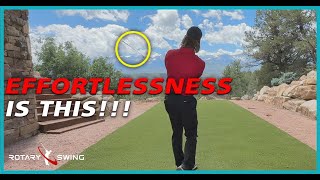
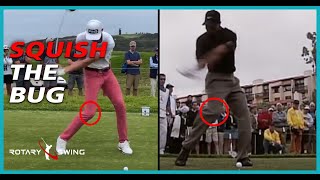
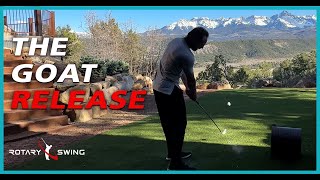
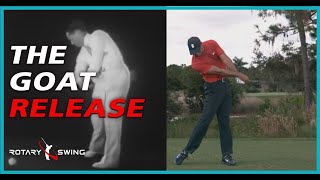
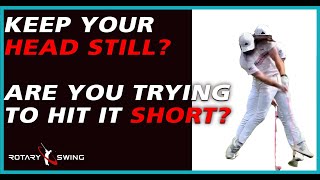
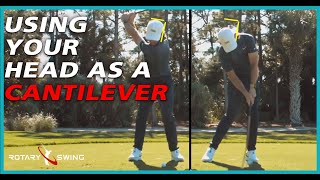
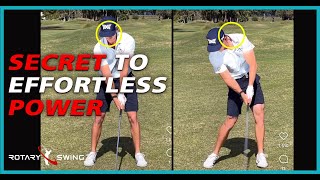
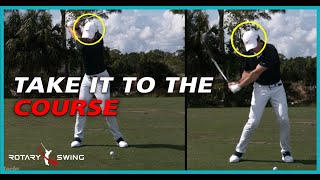
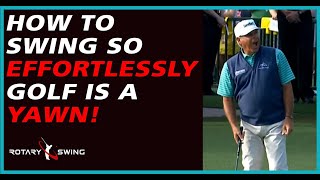
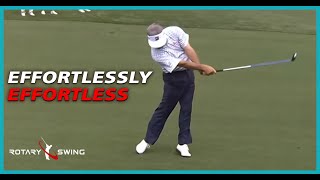
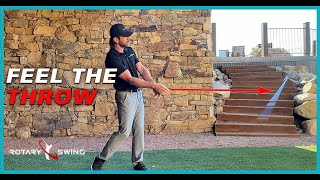
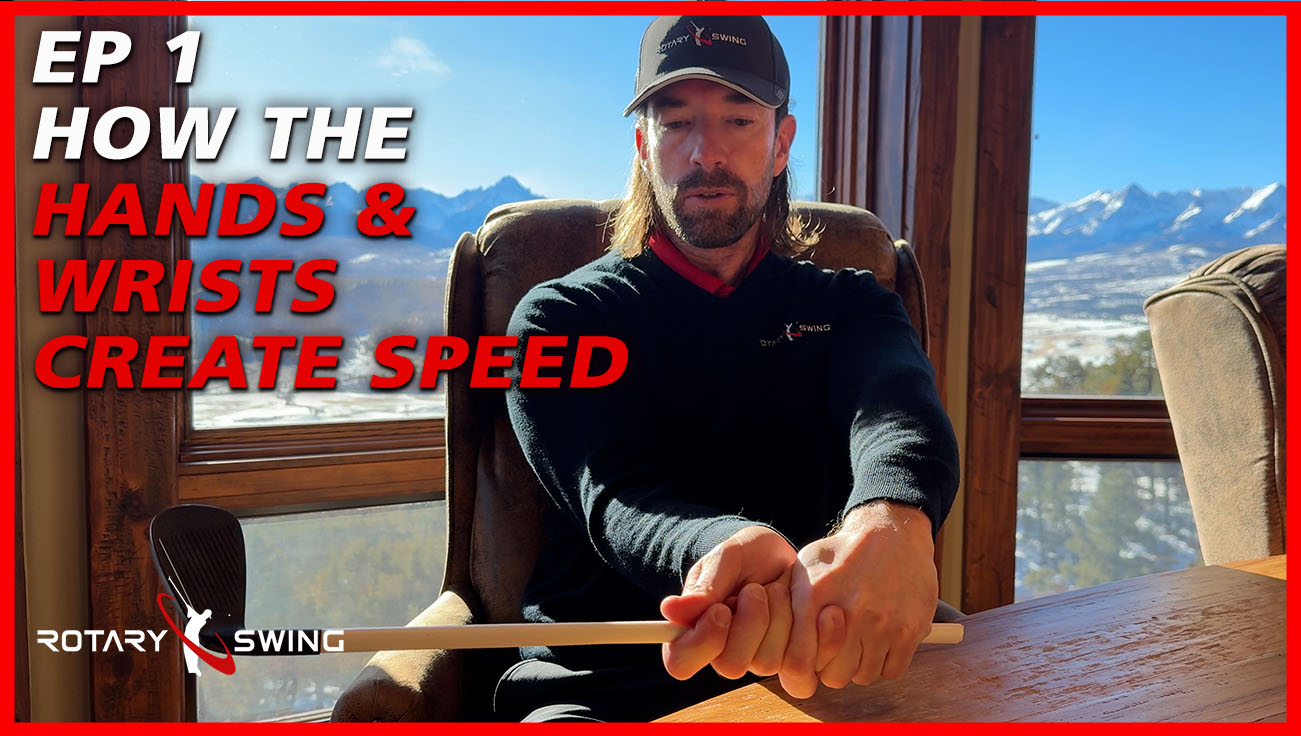

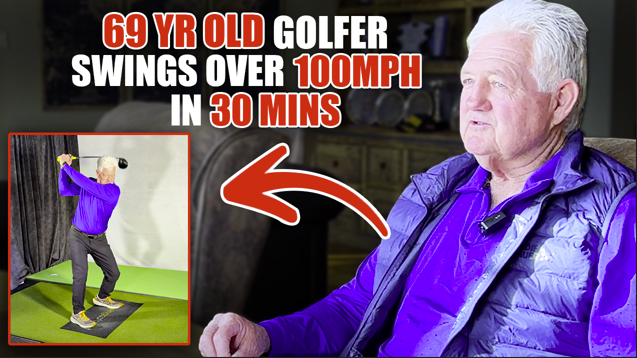
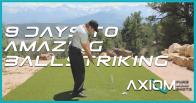
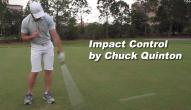
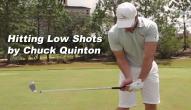
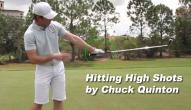
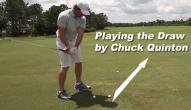
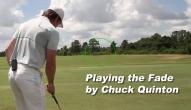
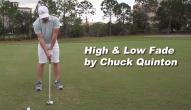
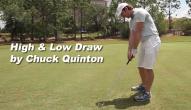
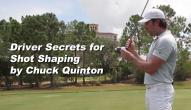
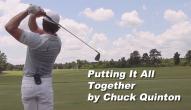

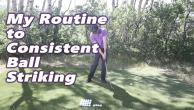
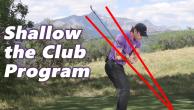
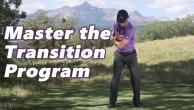
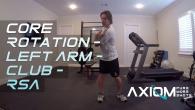
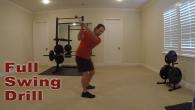
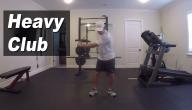
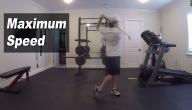
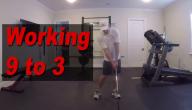
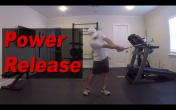
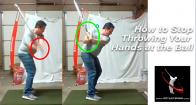
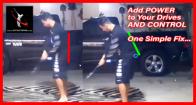
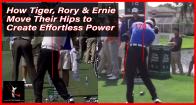
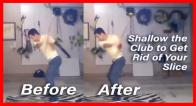

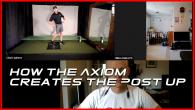
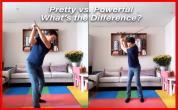
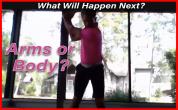
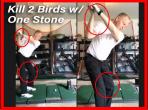
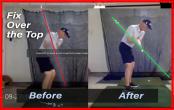
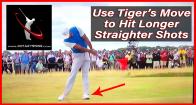
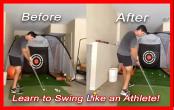
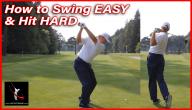
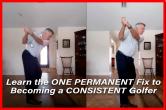

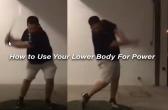
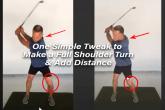
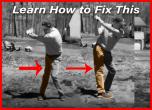
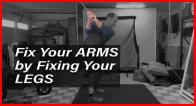
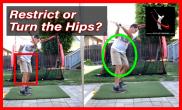
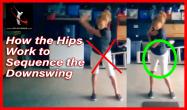
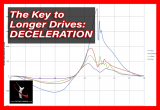
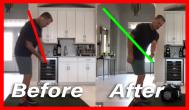
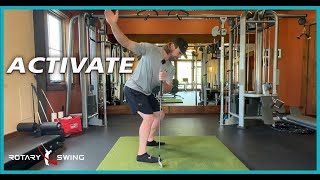
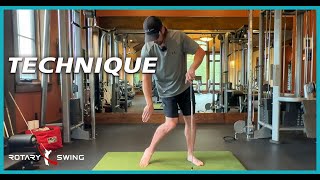
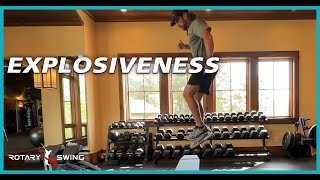
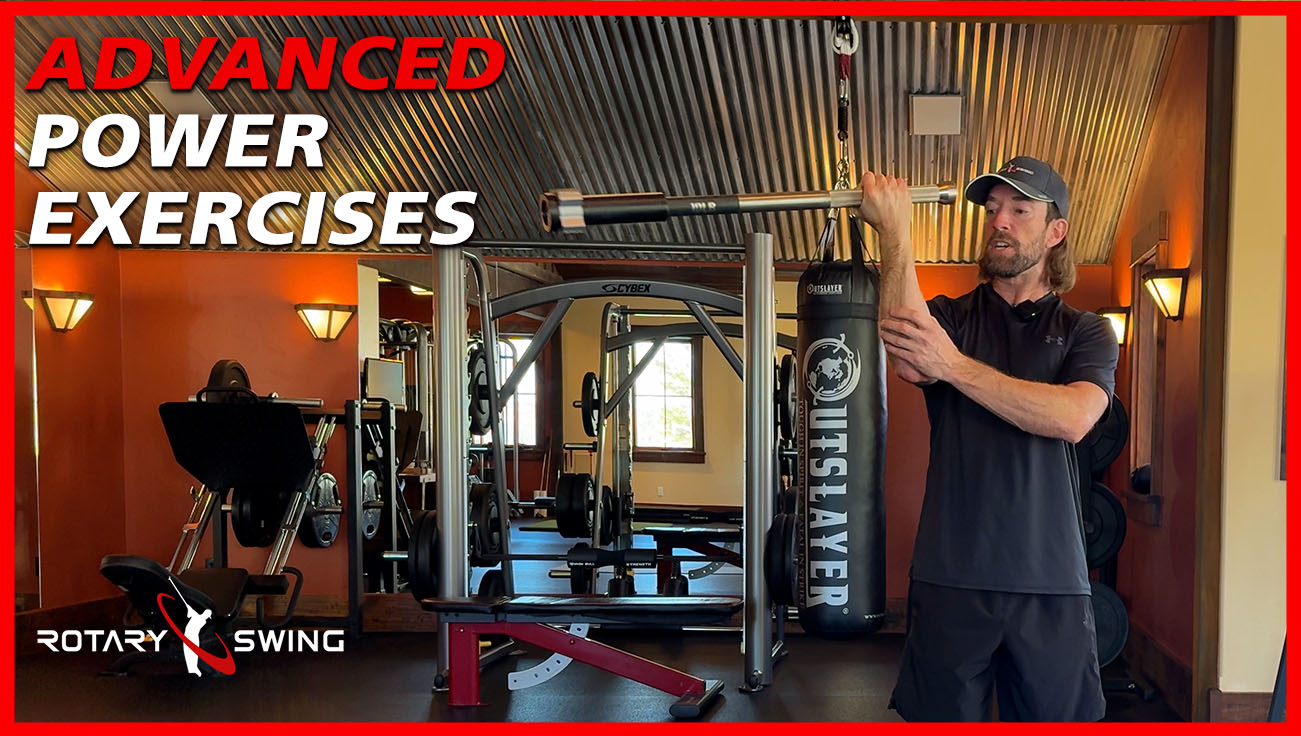
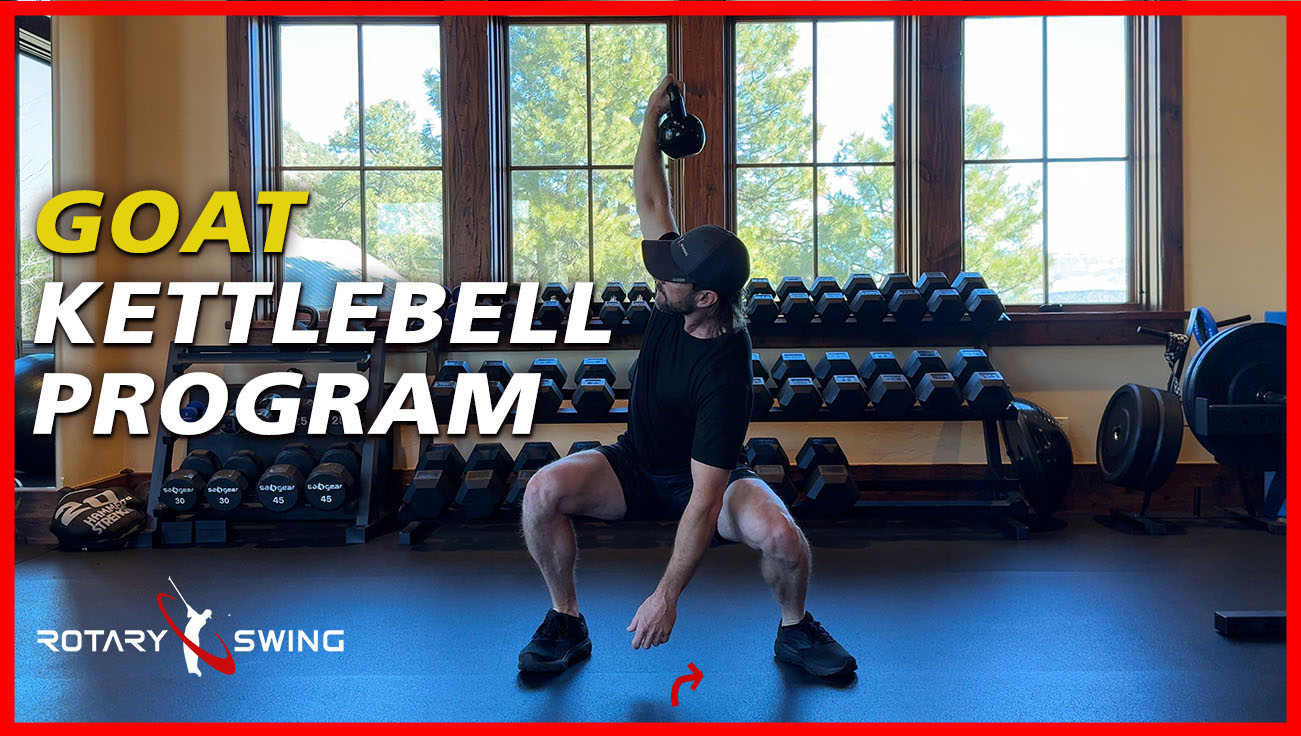
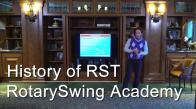
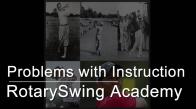
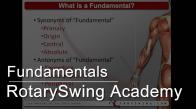
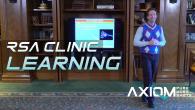
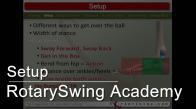
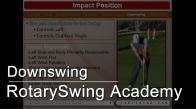
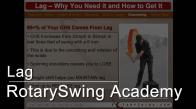
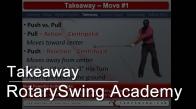
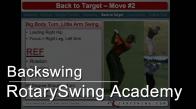
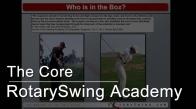
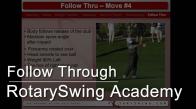

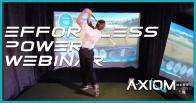
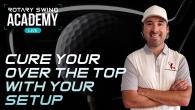
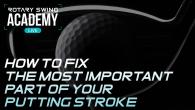
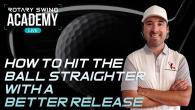
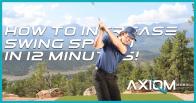
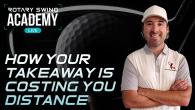
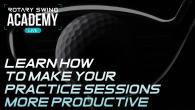
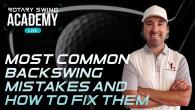
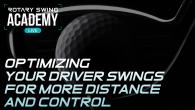
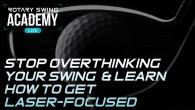
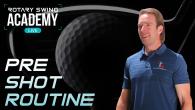

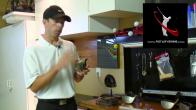
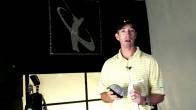
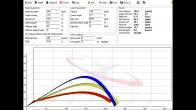
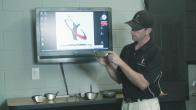
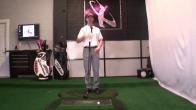
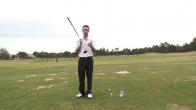
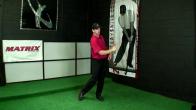
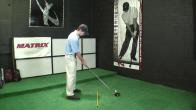
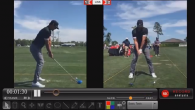
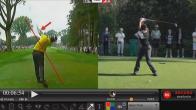
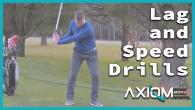
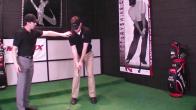
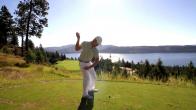
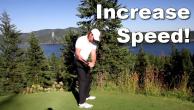
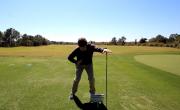
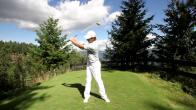
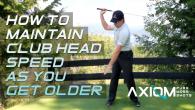
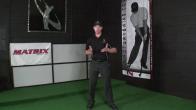

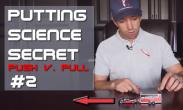
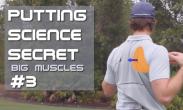
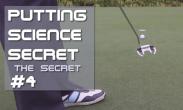
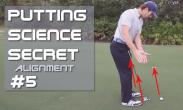
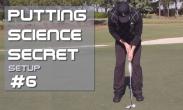
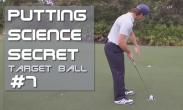
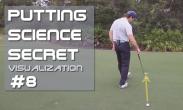
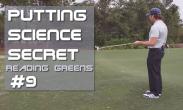
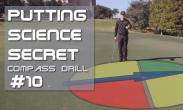
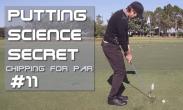
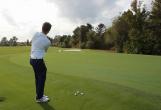
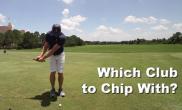
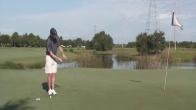
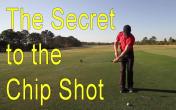

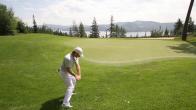
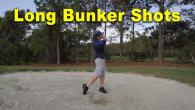
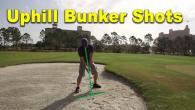
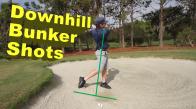

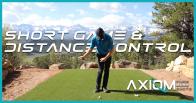
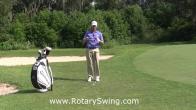
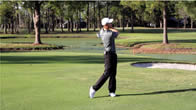
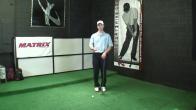
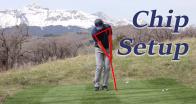
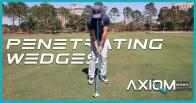
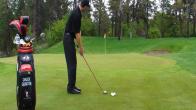
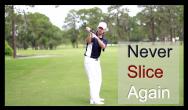
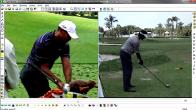
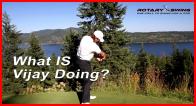
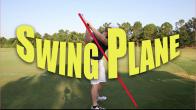
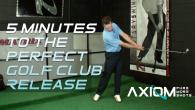

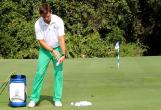
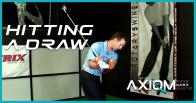
 RS1 is a body-driven movement
RS1 is a body-driven movement The Rotary Swing Tour is a model golf swing based on anatomy
The Rotary Swing Tour is a model golf swing based on anatomy In the RST, the arms stay in front of the body
In the RST, the arms stay in front of the body